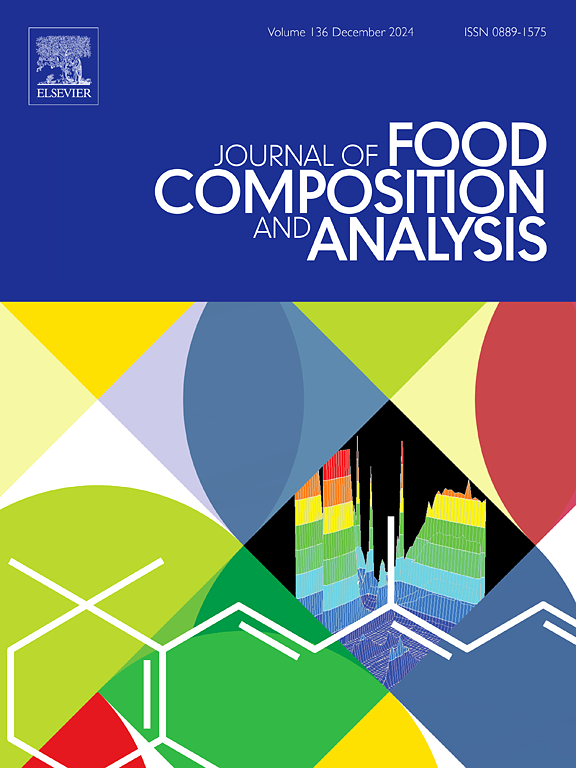Synthesis and characterization of NiO nanoflower for dispersive micro solid phase extraction of zinc from water and food samples
IF 4
2区 农林科学
Q2 CHEMISTRY, APPLIED
引用次数: 0
Abstract
This study introduces a dispersive micro solid phase extraction (DµSPE) method utilizing NiO nanoflowers for the analysis of zinc in food, environmental, and wastewater samples, employing Inductively Coupled Plasma- Optical Emission Spectrometry (ICP-OES). The synthesized NiO nanoflower-like nanoparticle was characterized through Fourier Transform Infrared Spectroscopy (FT-IR), X-ray Diffraction (XRD), and Scanning Electron Microscopy (SEM). Additionally, various parameters including pH, sample volume, adsorbent quantity, and extraction time were investigated to optimize the NiO nanoflower-based SPME (NiO nanoflower-SPME) method. The analytical performance metrics, specifically the limit of detection (LOD), limit of quantification (LOQ), and relative standard deviation (RSD), were determined to be 0.77 µg L−1, 2.56 µg L−1, and 3.9 %, respectively. Furthermore, addition-recovery studies conducted on real samples, along with analyses of standard reference materials, were performed to validate the accuracy of the method. With these results, it was concluded that the NiO nanoflower-SPME method is crucial for the analysis of zinc in real samples due to the fact that the complex matrix environment complicates the analysis.
求助全文
约1分钟内获得全文
求助全文
来源期刊

Journal of Food Composition and Analysis
工程技术-食品科技
CiteScore
6.20
自引率
11.60%
发文量
601
审稿时长
53 days
期刊介绍:
The Journal of Food Composition and Analysis publishes manuscripts on scientific aspects of data on the chemical composition of human foods, with particular emphasis on actual data on composition of foods; analytical methods; studies on the manipulation, storage, distribution and use of food composition data; and studies on the statistics, use and distribution of such data and data systems. The Journal''s basis is nutrient composition, with increasing emphasis on bioactive non-nutrient and anti-nutrient components. Papers must provide sufficient description of the food samples, analytical methods, quality control procedures and statistical treatments of the data to permit the end users of the food composition data to evaluate the appropriateness of such data in their projects.
The Journal does not publish papers on: microbiological compounds; sensory quality; aromatics/volatiles in food and wine; essential oils; organoleptic characteristics of food; physical properties; or clinical papers and pharmacology-related papers.
 求助内容:
求助内容: 应助结果提醒方式:
应助结果提醒方式:


